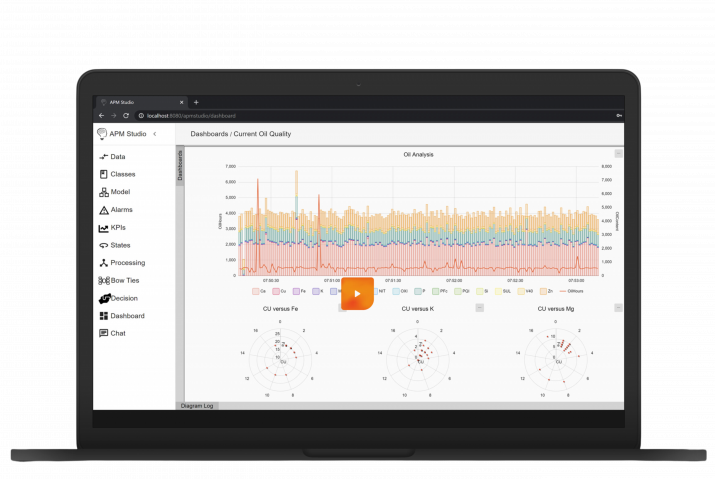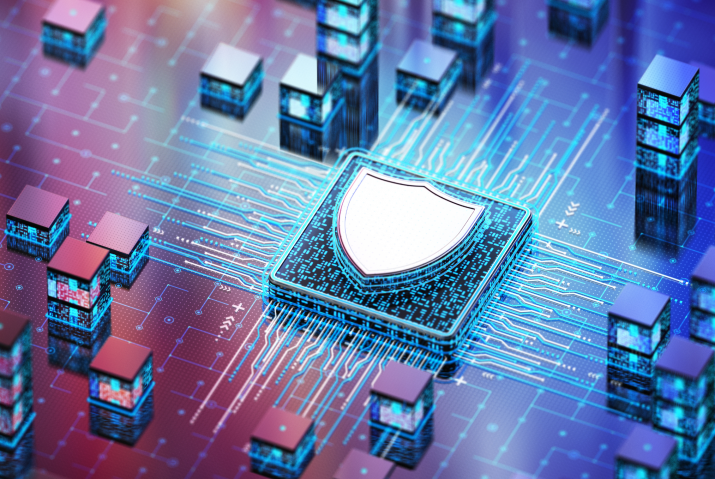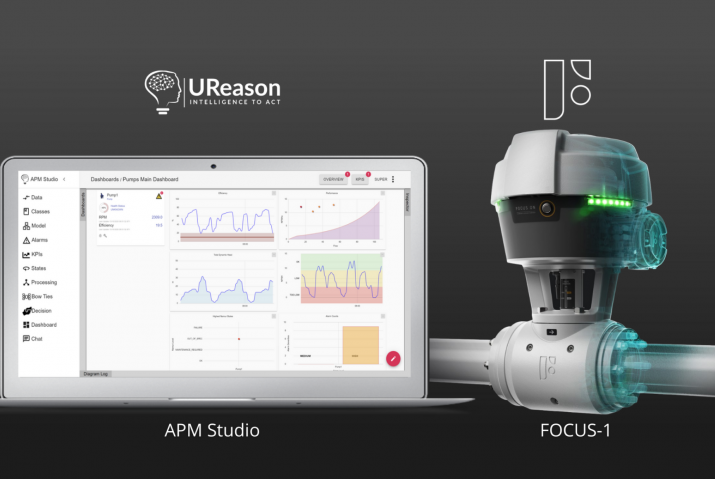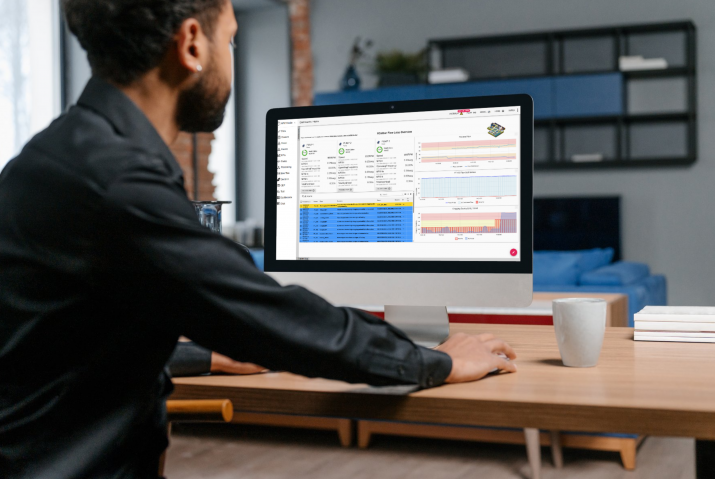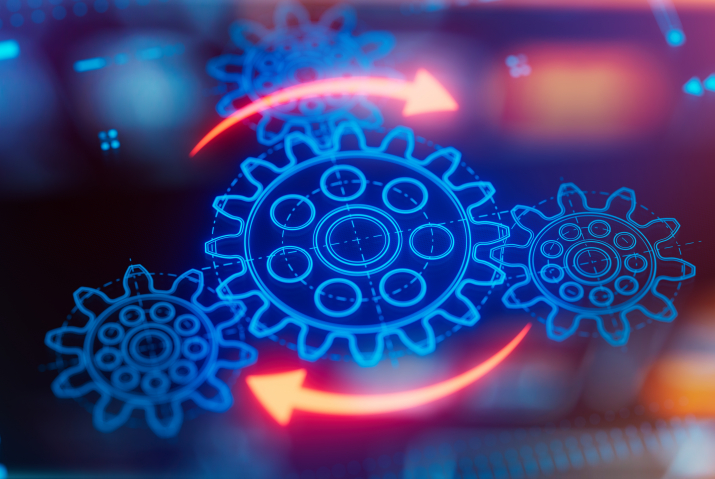PID (Proportional-Integral-Derivative) controllers are widely used for control system applications, but they can exhibit several common issues if not properly tuned or configured. Some of the typical PID control issues include:
1. Oscillation:
- Oscillation is a common problem where the controlled variable repeatedly overshoots and undershoots the setpoint in a rhythmic or oscillatory manner.
- It often occurs when the proportional gain (Kp) is too high relative to the integral and derivative gains (Ki and Kd). High Kp values can make the controller overly responsive to changes in error, leading to oscillations.
2. Overshoot:
- Overshoot occurs when the controlled variable temporarily exceeds the setpoint before settling down to the desired value.
- High proportional gain (Kp) settings and aggressive control can lead to overshooting. In some cases, derivative action (Kd) can help dampen overshoot, but be aware excessive Kd may lead to instability.
3. Undershoot:
- Undershoot is the opposite of overshoot, where the controlled variable falls short of reaching the setpoint and then slowly approaches it.
- It can occur when the controller is too conservative, such as when the proportional gain is too low. Increasing Kp can reduce undershoot but may increase oscillations.
4. Steady-State Error:
- Steady-state error is the difference between the desired setpoint and the final, stable value of the controlled variable after the system has reached equilibrium.
- Steady-state error can persist if the integral gain (Ki) is set too low. Increasing Ki can help eliminate steady-state error, but it should be done cautiously to avoid instability.
5. Instability:
- Instability is a severe issue where the system becomes uncontrollable, leading to wild and uncontrollable oscillations.
- It can occur if the controller gains (Kp, Ki, and Kd) are set too high or if the control loop is not properly tuned. Adjusting gains, implementing anti-windup measures, or using advanced control strategies can help mitigate instability.
6. Noise Amplification:
- The derivative action (Kd) in the PID controller can amplify high-frequency noise in the process variable, leading to erratic control behaviour.
- To address this issue, a low-pass filter can be applied to the derivative action to reduce the impact of noise.
7. Integral Windup:
- Integral windup occurs when the integral action (Ki) accumulates error even when the control output is at its limit (e.g., maximum or minimum valve position).
- Anti-windup mechanisms, such as clamping or resetting the integral term, are used to prevent integral windup and maintain stability when the control output is saturated.
8. Setpoint Changes:
- Rapid or large setpoint changes can challenge the PID controller’s ability to maintain stable control. It may lead to overshoot or prolonged settling times.
- Special control strategies or adaptive tuning can be used to handle setpoint changes more effectively.
Addressing these PID control issues typically involves tuning the PID controller by adjusting the proportional, integral, and derivative gains, as well as considering the specific characteristics of the controlled process. Advanced tuning methods, such as autotuning algorithms, can help optimize PID controller performance while minimizing these common problems.

